Tablets all use some form of solid-state storage - which is why everyone swooned in delight when they first saw an iPad.
The price differential has fallen away dramatically in the last few months: As traditional HDD capacities increase to 'no-one could ever fill it' levels, the £ per GB ratio at the smaller end has dropped to a factor of three or four. A year ago, twenty was more typical. In a laptop machine that can only hold one drive, the storage needs to be big enough for the OS and all the data you want to carry about - whereas a desktop will hold more than one drive, with considerable benefit to putting the OS on a small SSD, all your data on more traditional media. 256GB is the sweetspot for a laptop, for me - and when Crucial offered me a 256 GB m4 SSD for £120, I clicked all the way to to checkout.
Which was a bit of a mistake: When it turned up yesterday, I started thinking about the process of installing it. Which led to me having a look at the Samsung for the two screws which would release the hard disk. No screws. Oops. It's buried somewhere inside the guts of the machine, which may make this a highly unamusing task. No trace of a useful manual on t'Internet, although I did turn up some blurry YouTube video of someone taking the back off one. Not particularly helpful, since he'd already taken out all the appropriate screws before filming. Did make it clear that this was going to need care, lest I bugger something - lots of carefully levering the back off... Ho hum, bought it now, might as well give it a go...
Which I did, last night. I chose to clone the disk, rather than do a clean install of Windows 7, using EaseUS ToDo Backup - took about three hours to run, but worked impeccably, as with every EaseUS application I've used. The 'clean install' route is probably the better one, because the OS install will detect an SSD and configure itself accordingly (as long as it's Win7 or 8) but I couldn't be arsed to reinstall all the apps and figured I'd learn more by trying to retrofit the environment. Which I did. More than I'd realised I could.
Getting the hard drive out after I'd cloned it to the SSD was a proper marathon: 11 screws, some very careful prising and the discovery that the Samsung has a slim SATA drive, thinner than the SSD. But the SSD seems to have jammed in there OK, without the rubber mount surrounding the old drive. And it's been running fine since, so I'm happy it'll carry on that way. Establishing that the BIOS, Windows and the rest of the environment know about it has been something of an education...
Have some very useful links - particularly the first one:
TweakTown's Solid-State Optimisation Guide
Microsoft Windows 7 Blogpost on Solid-State Drives
Anandtech: The Trim Command
Lifehacker: Enabling Trim on Windows 7
I am now an expert in Trim, Write-Caching and Superfetch. SSDs don't need all sorts of junk that Windows tends to enable to get the best out of HDDs - so Defrag and Indexing off!
So I'm happy. And more than a little relieved not to have busted anything. You can really feel the difference the moment you turn the machine on - and the Windows Performance Index figures speak for themselves:
Pretty straightforward: If you're considering it a) I'd go for a clean install (or allow time for a bit of self-education) and b) understand what it's going to take to get the drive out BEFORE you commit the cash...
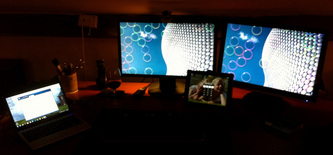

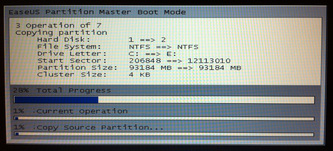
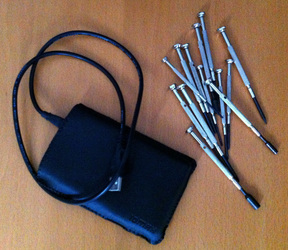
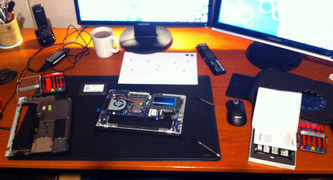
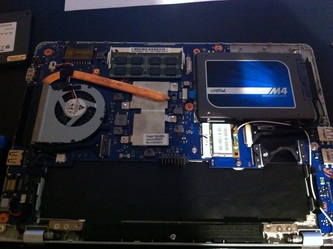

 RSS Feed
RSS Feed
